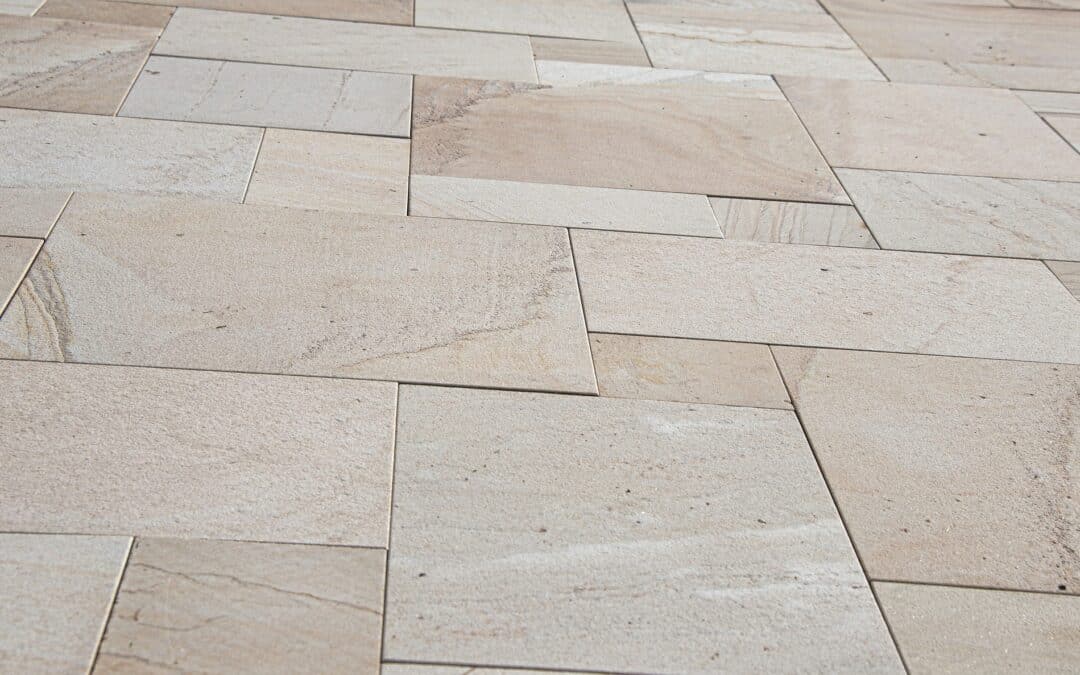Heated Flooring Explained
While it might be considered the “Most Wonderful Time of the Year,” by many, some might groan “bah humbug” about the cold. Some of us have a hard time getting warm again after returning from the chilly outdoors, and we hate the shiver we feel when stepping out of a hot shower and onto a cold tile floor. Luckily, heated floors exist!
Did you know that heated floors date all the back to the Roman Empire? Keep reading to find out more!
Radiant Heating
The original radiant heating consisted of a set of pipes in the stone floors, which had hot water moving through them. The heat of the water would rise to the floor above it, and voila! Warm floors! This method is still used today and is called Hydronic Radiant Heating.
Alternatively, some use Electric Radiant Heating, which uses zigzagging loops of resistance wire as opposed pipes of water. Electric radiant heating is most popularly used when retroactively heating individual rooms.
Hydronic heating is noticeably more popular, especially when heating multiple rooms, because it is more energy efficient, and therefore costs less than pumping electricity through the floors. In fact, once it is installed, it can be used to replace the conventional cost of heating in the home. This can save homeowners hundreds of dollars per month on their energy bill.
Other benefits and drawbacks
In addition to energy efficiency, heated floors tend to heat a house more evenly than conventional heating because it takes advantage of the fact that heat rises. In conventionally heated homes, such as homes with forced air heating, the warm air rises upward, and then cycles back down towards the floor as it cools. Heated floors avoid this altogether by heating directly where the body contacts the room.
Once heated floors are installed, they seldom need maintenance.
The major downside of heated flooring is that to install it, it will require you to replace your current flooring, which isn’t an expense that everyone wants to deal with.
While there are also plenty of options of flooring types that work well with Hydronic or Radiant heating, one might find themselves restricted by compatible options – for example, you can heat carpeted floors but some carpets are too thick for the heat to travel. In general, heated floors work best with ceramic and stone tiles, and certain types of engineered wood.
Another possible downside to consider is the fact that electric heated flooring totals to be a bit more expensive than traditional flooring.
It will also raise your flooring by an inch, which mostly effects doorways. This is going to create extra projects around the house, which can be a deterrent.
Recap
Heated floors are a great idea for households who are willing to make an investment toward a more energy efficient form of heating, and it is much simpler to install in a new build, as opposed to retroactively installing it in an existing house.
We hope you found this blog to be a helpful and interesting piece of things to consider when choosing flooring!
For more advice of flooring, feel free to check out our other blog posts, or better yet, give us a call! We look forward to hearing from you and helping you.


Recent Comments